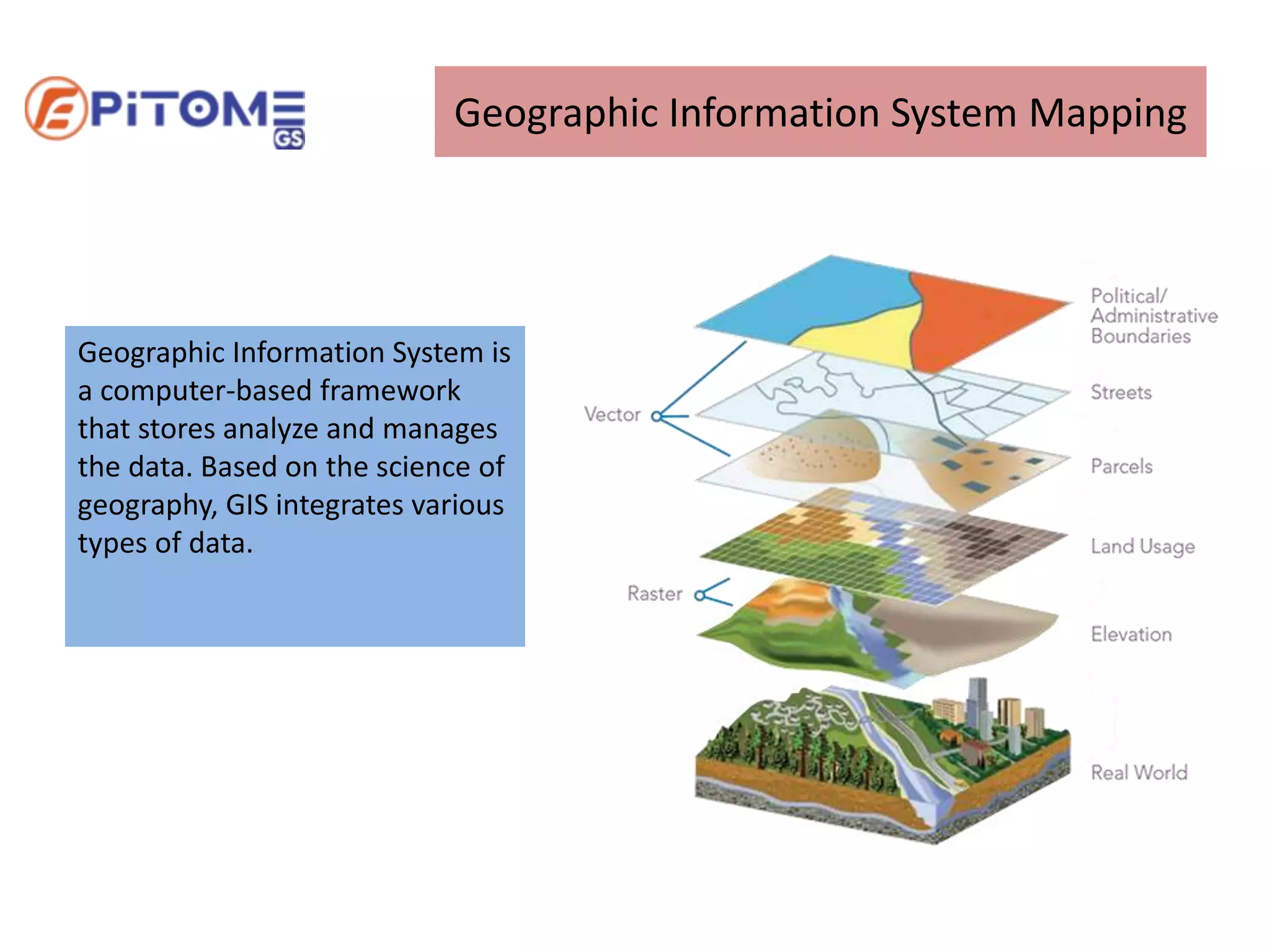Exploring the Hidden: The Diversity of Ground-Penetrating Radar Investigations
Ground Penetrating Radar, often referred to as GPR, is revolutionizing the way we investigate and understand subsurface conditions. With the demand for precise and effective investigations increases in many fields, GPR surveys have emerged as a crucial tool for detecting buried utilities, assessing the stability of structures, and facilitating archaeological studies. However, what precisely is a GPR survey, and why is this important in today’s construction and engineering landscape?
In the following sections, we will explore the adaptability and importance of surveys with GPR, including aspects ranging from the core technology to their uses across various industries. Whether you are a project leader, a structural engineer, or a interested property owner, understanding surveys using GPR can preserve time and resources, optimize operations, and create new avenues for exploration. Join us as we look into the many-sided benefits and future potential of this remarkable technology.
Understanding GPR Assessments
Ground Penetrating Radar surveys are a harmless technique used to investigate below-surface conditions by employing radar signals. This methodology transmits electromagnetic waves into the subsurface, which then reflect back when they encounter different substances and forms. By evaluating these echoes, operators can create clear depictions of what lies beneath the top layer, including utilities, cavities, and earth structures.
The value of GPR assessments lies in their ability to provide essential data for various applications across a variety of industries, including construction, archaeology, and environmental studies. These assessments help locate and outline underground structures, such as utilities and foundations, which can prevent costly damage during digging and construction projects. Additionally, GPR assessments enhance safety by minimizing the chance of hitting hazardous materials or unmarked infrastructure.
As technology continues to advance, GPR assessments are turning increasingly sophisticated, allowing for increased accuracy and more profound penetration. This turns them indispensable in planning and executing projects where subsurface situations are uncertain. GPR Survey Bromsgrove of GPR makes it a popular choice for professionals seeking accurate data without disrupting the top layer.
Advantages and Uses of Ground Penetrating Radar
Ground Penetrating Radar surveys offer a variety of benefits across diverse fields, rendering them a favorable option for subsurface detection and analysis as well as detection. A of the primary advantages is their ability to provide real-time, non-invasive subsurface imaging. This feature allows experts to detect and locate underground utilities, geological layers, and other essential features without the need for significant excavation. Such effectiveness not only conserves time but also minimizes disruption to the surrounding environment, making GPR an perfect instrument for construction and infrastructure tasks.
The applications of GPR are wide-ranging and continue to grow with progress in techniques. In construction, GPR aids in identifying construction-related problems, such as gaps or damaged materials, guaranteeing security and stability throughout the construction period. In historical research, GPR assists discover hidden artifacts and features without disrupting the location, providing important information into historical settings. Additionally, its role in environmental and ground-related investigations is crucial, as it facilitates the assessment of ground quality and possible hazards, contributing to informed choices.
Furthermore, this technology assessments offer an efficient approach for property owners and real estate developers. By identifying subsurface conditions before any building begins, GPR helps prevent costly mistakes and holdups associated with unseen obstacles. The method's versatility means it can also be utilized in various fields, including mining, infrastructure inspection, and ecological studies. In GPR Survey Droitwich Spa , the benefits and applications of GPR are essential in promoting security, effectiveness, and informed preparation across various fields.
Ground Penetrating Radar Investigations in Application
GPR investigations are broadly employed in diverse fields, showcasing their versatility and effectiveness. In construction, they play a crucial role by providing real-time data on subsurface conditions. This information allows construction professionals to make educated decisions on the locations to excavate or build, ultimately minimizing threats associated with unknown structures or utilities. GPR's non-invasive nature means that construction activities can continue with few disruption, paving the way for safer and quicker construction timelines.
In archaeology, GPR serves as a important tool for discovering artifacts or structures buried beneath layers of soil. It offers researchers the ability to visualize sub-surface features without the need for significant digging. This capability not only preserves the site but also allows for the investigation of wider areas, significantly enhancing the comprehension of historical sites. The ability to target digging efforts more accurately also contributes to improved preservation of archaeological integrity.
Ecological and geological investigations benefit from GPR as well. It helps identify contaminants or anomalies in the soil, allowing for assessments that guide remediation efforts. Engineers and environmental scientists rely on Ground Penetrating Radar surveys to evaluate groundwater levels and soil strata, which is vital for developments that could impact the environment. Through precise subsurface imaging, GPR significantly contributes to responsible project planning and execution.
